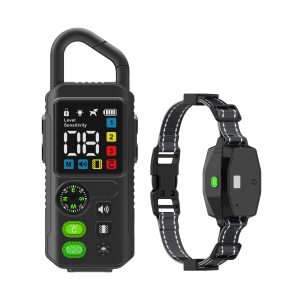Dog Training Collar: Finding the Right Fit for Your Pet
Are you struggling with training your furry friend? A dog training collar might be the solution you’ve been looking for. With so many options available, it can be overwhelming to choose the right one for your pet. Here are some tips and tricks to help you select and use a training collar effectively.
Understanding Different Types of Dog Training Collars
There are various types of training collars on the market, including choke chains, prong collars, and remote training collars. Each type serves a specific purpose, so it’s essential to understand their differences before making a choice.
Choosing the Right Collar for Your Dog
When selecting a training collar, consider your dog’s size, temperament, and training needs. For example, a small, sensitive dog may benefit from a gentle no-pull harness, while a larger, more stubborn dog may require a firmer approach with a prong collar.
Tips for Effective Training
Once you’ve chosen a collar, it’s crucial to use it correctly. Start by introducing the collar gradually and using positive reinforcement techniques during training sessions. Consistency is key, so make sure to reinforce good behavior and address any issues promptly.
Common Mistakes to Avoid
While training collars can be a valuable tool, they are often misused. Avoid common mistakes like using excessive force, leaving the collar on for extended periods, or using it as a punishment tool. Remember, the goal is to train, not to harm your pet.
Conclusion
Training collars can be an effective aid in teaching your dog commands and proper behavior. With the right approach and consistent training, you can help your furry friend become a well-behaved companion. Remember, patience and positive reinforcement are key to successful training with a dog collar.




